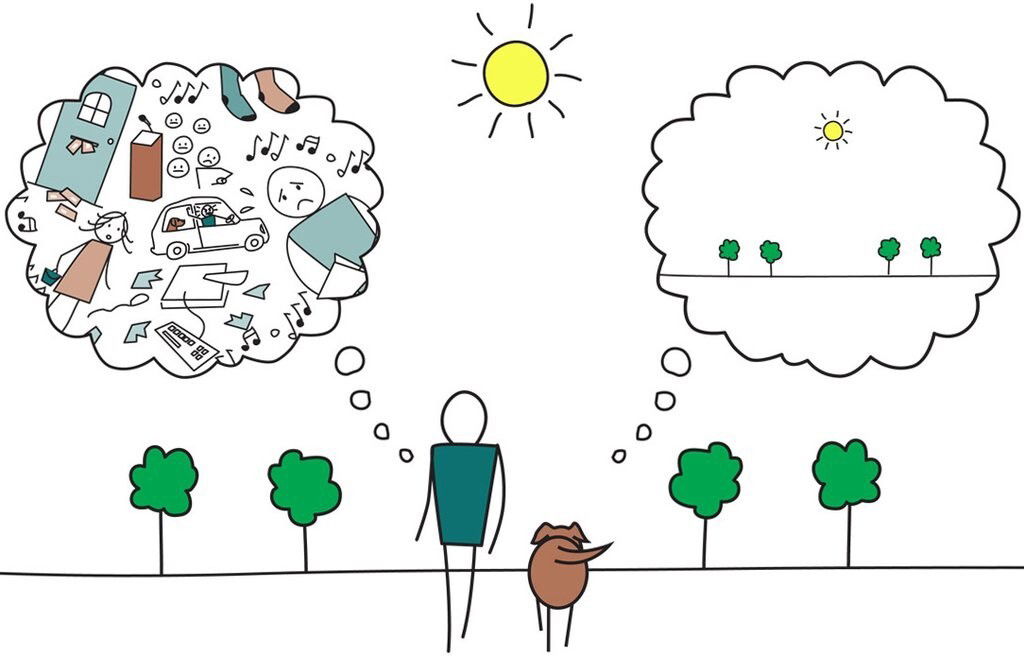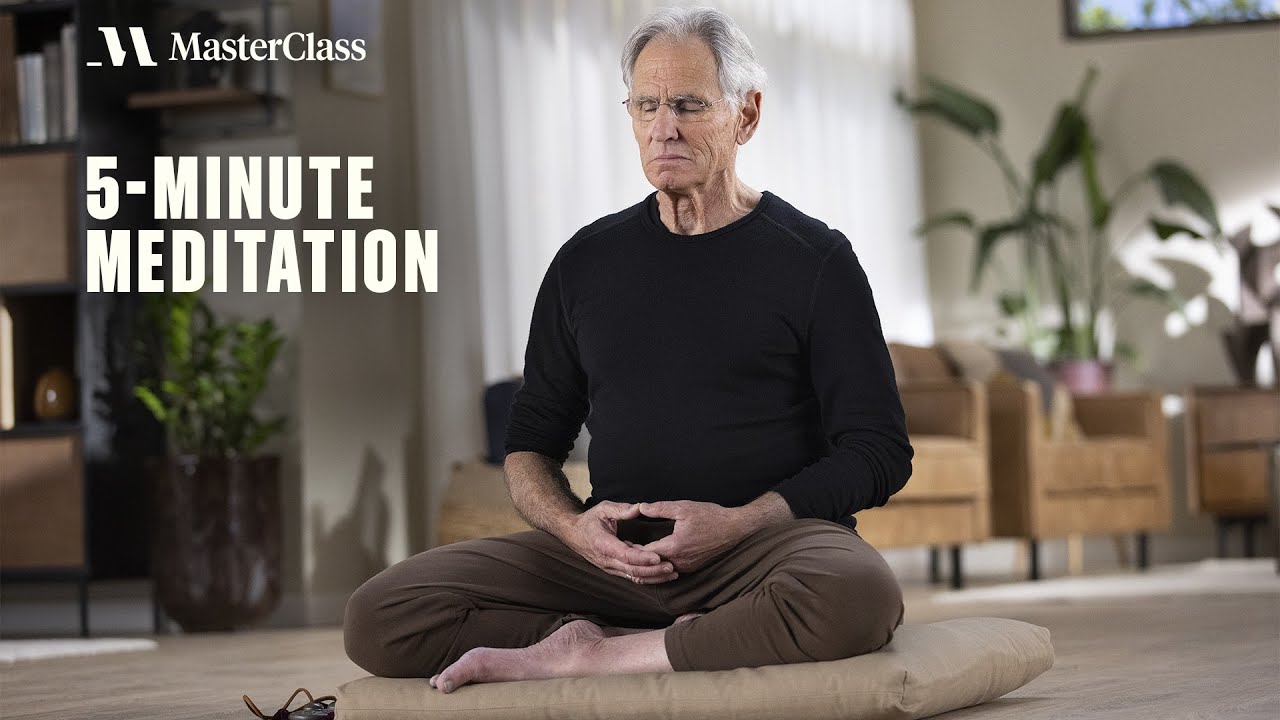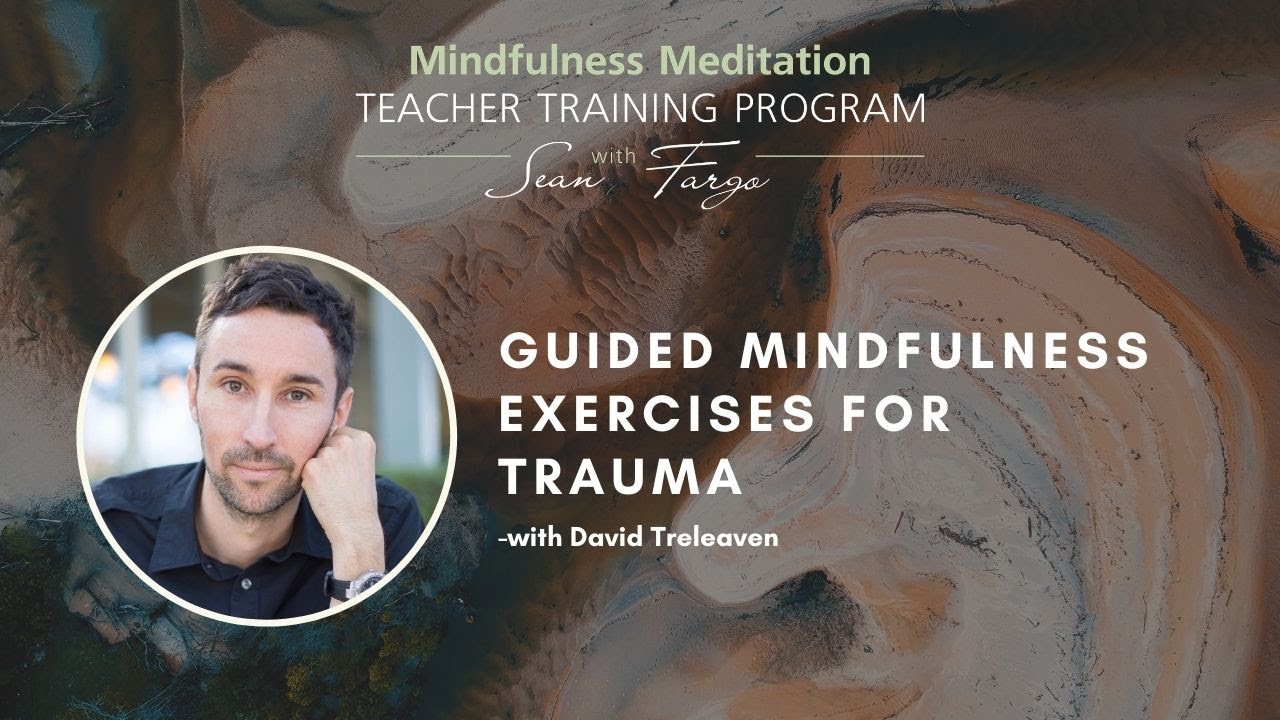Mindfulness

Mindfulness is the practice of intentionally focusing your attention on the present moment, without judgement or attachment to thoughts and emotions. It involves bringing awareness to the present experience, including sensations in the body, thoughts and emotions, with a sense of curiosity and acceptance. By cultivating mindfulness, individuals can develop a greater capacity to observe their thoughts and emotions without getting caught up in them, leading to increased self awareness, emotional regulation and overall wellbeing. It is often practiced through meditation techniques, but mindfulness can also be incorporated into everyday activities.
Why Mindfulness is a Superpower
How Mindfulness transforms us
How is Mindfulness Practiced?
There are various ways to practice mindfulness, but the most common method is through meditation. Here's a simple mindfulness meditation practice you can try:
1. Find a quiet and comfortable space where you won't be disturbed. Sit in a comfortable position, either on a cushion or a chair.
2. Close your eyes or keep them softly focussed on a spot in front of you.
3. Begin by bringing your attention to your breath. Notice the sensation of the breath as you inhale and exhale. Focus on the physical sensations of the breath, such as the rise and fall of your abdomen or the feeling of air passing through your nostrils.
4. As you continue to focus on your breath, thoughts, emotions or bodily sensations may arise. When this happens, simply observe them without judgement or attachment. Acknowledge their presence and let them go, gently redirecting your attention back to the breath.
5. Continue this practice for a few minutes, gradually increasing the duration as you become more comfortable.
Guided Meditations
Other ways to practice
Apart from formal meditation, mindfulness can also be incorporated into daily activities.
For example:-
- Paying attention to the sensations experienced whilst eating - the taste, texture and smell of the food
- Engaging fully in conversations, actively listening to the person speaking
- Noticing the sensations of your body while walking or exercising
- Taking moments throughout the day to pause, breathe, and bring awareness to the present moment
Remember, mindfulness is a skill that takes practice. Consistency and patience are key. Over time, regular mindfulness practice can help cultivate a greater sense of calm, clarity, and overall wellbeing.
Adaptations to Mindfulness based practices for survivors of Trauma
A large and growing evidence base (2018, 2022) shows that mindfulness practices can significantly reduce the symptoms of Post Traumatic Stress Disorder (PTSD). However, recent studies have shown that traditional mindfulness practices can sometimes cause distress and even exacerbate symptoms of anxiety in some individuals.
According to modern understandings of PTSD, memories and emotions from trauma are often stored in the body. Consequently, some people with a history of trauma can feel disconnected from their bodies (known as dissociation) as a defence mechanism.
"In meditation, we ask people to bring close, sustained attention to their inner world," says David Treleaven, PhD, a trauma educator and researcher in Oakland, California and acclaimed author of "Trauma Sensitive Mindfulness". "This inevitably brings someone face-to-face with their trauma. That’s not automatically a bad thing, but unless someone has specific tools to work with the pain they encounter, they can end up overwhelmed in their meditation practice."
Trauma-informed mindfulness is a mindfulness practice which is adapted to the unique needs of the trauma survivor by working to avoid triggers and overwhelm, whilst also strengthening their ability to face painful experiences and difficult emotions.
“The goal of trauma-informed mindfulness is to help people befriend physical sensations, improve self-regulation, ease their experiences of trauma, and cultivate mindfulness,” Treleaven says.
Traditional mindfulness practices often ask individuals to connect with sensations in their bodies. For trauma survivors, this form of connection doesn’t always feel safe. For example, focussing attention to the breath is often a starting point for a meditation practice. However, as Treleaven states, the breath may not be the best place for trauma survivors to begin a meditation practice. “Our respiratory system connects to our sympathetic nervous system, which is often out of balance for traumatised people....trauma-informed mindfulness might involve choosing a different place to focus attention, say, on the sensations of the feet on the ground, or sound.”
A trauma-informed approach to mindfulness works by modifying traditional meditation practices with grounding, anchoring, and self-regulation techniques to maintain balance in the nervous system, which can help traumatised people manage their symptoms and feel safer in their bodies. Trauma-informed mindfulness can also involve:
- performing a physical activity with present moment awareness rather than sitting still in meditation
- observing objects, colours, or the space around you
- listening attentively to music as a mindful practice
Trauma sensitive modifications to mindfulness such as these could benefit anyone who’s experienced some degree of trauma, especially those with symptoms of PTSD or nervous system dysregulation (please see below for examples of self guided mindfulness practices which use other senses as grounding anchors).
The more we tune into our experiences without trying to change them the less reactive we become to our emotions, thanks to the impact of regular mindfulness practices on reducing the reactivity of amygdala in our brain. Eventually, this kind of self awareness helps us to accept the changing flow of our thoughts, emotions, and ideas, and we become less attached to them or feel less identified with them. Becoming less identified with our thoughts and emotions can allow us to release negative ones more freely, creating room for positive ones. Additionally, when we become more accepting of our experiences and less fixed on our ideas and emotions, we develop greater compassion for ourselves and others, which can expand into a sense of interconnectedness with others - this can be especially important for trauma survivors who can so often lack a genuine sense of social belonging, particularly if they've experienced interpersonal violence or trauma.
Guided Mindfulness Exercise for Trauma
Self Guided Trauma Informed Mindfulness Exercises (taken from A Practical Guide to Trauma-Informed Mindfulness)
Soles of the Feet — Bring your attention to the sensations in the soles of your feet. You can do this lying down, sitting, or standing up. Just feel your feet. As you notice the sensations, let the floor or ground hold you and meet you. Feeling the soles of the feet helps us feel anchored in the present moment and helps us develop the capacity to ground, even when we are distressed. You can also practice this with walking meditation, which can also be quite calming. After feeling the soles of the feet, take one step and then another. Move at a speed that feels comfortable to you. Try to feel each step. You can try this even if you are in a small space. You might want each step to be one of compassion or kindness, connection, or ease. You decide what you need. Let that quality suffuse your body and mind.
Simply Listening - After settling into a comfortable seated or lying position, listen to the sounds around you. They may be the sounds in your home or outside, perhaps rain, traffic, or bird songs. No need to name them; just let them come and go. No need to hold on to any sound. Bring your awareness to the sounds around you, noticing one sound at a time. If thoughts or feelings arise, acknowledge them with kindness, but don't get caught up in the story. If you find yourself ruminating on something that happened in the past, say to yourself, "If it isn't happening now, it isn't happening." Please return to the sounds around you and let them bring you into the present moment.







